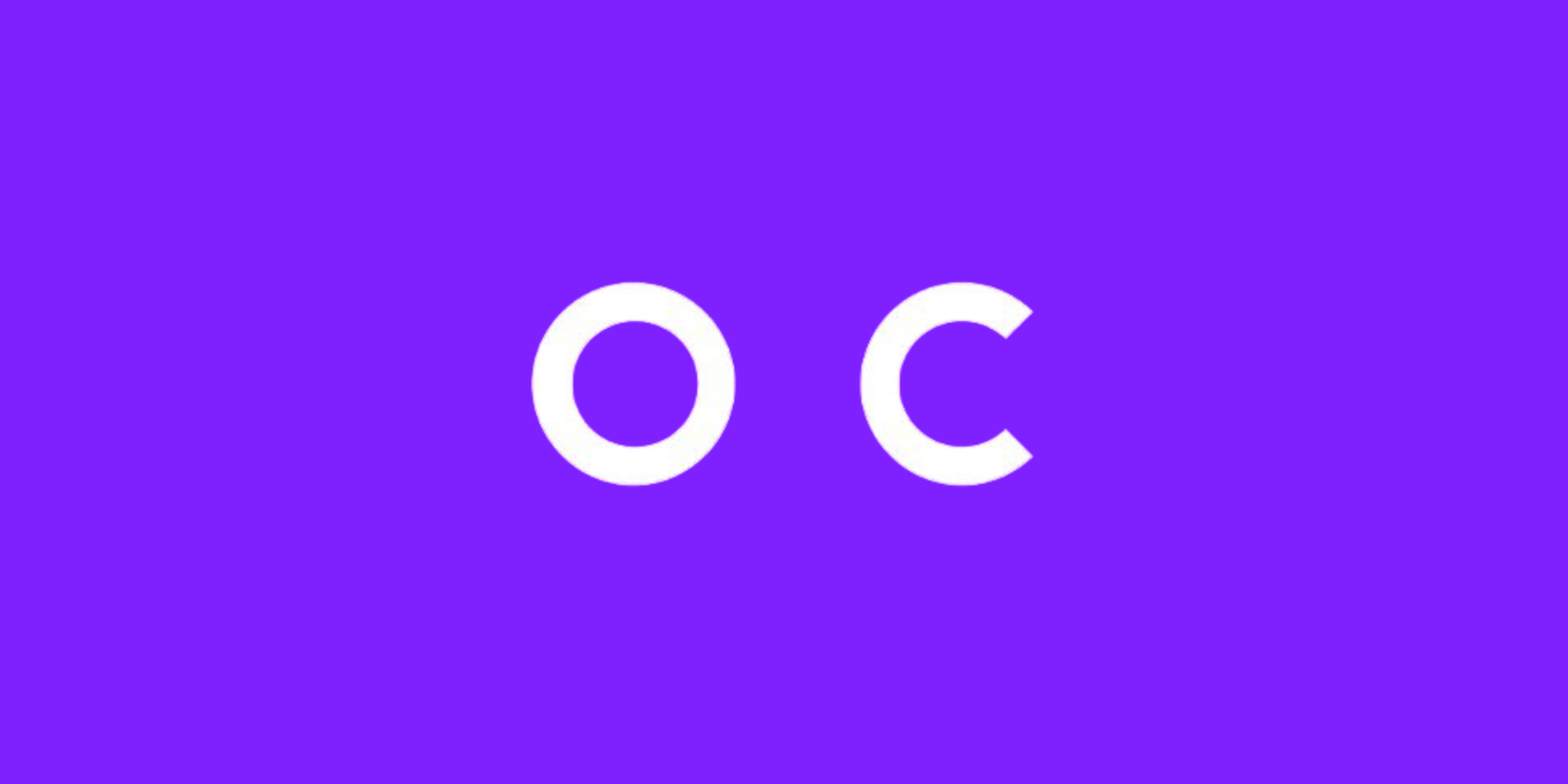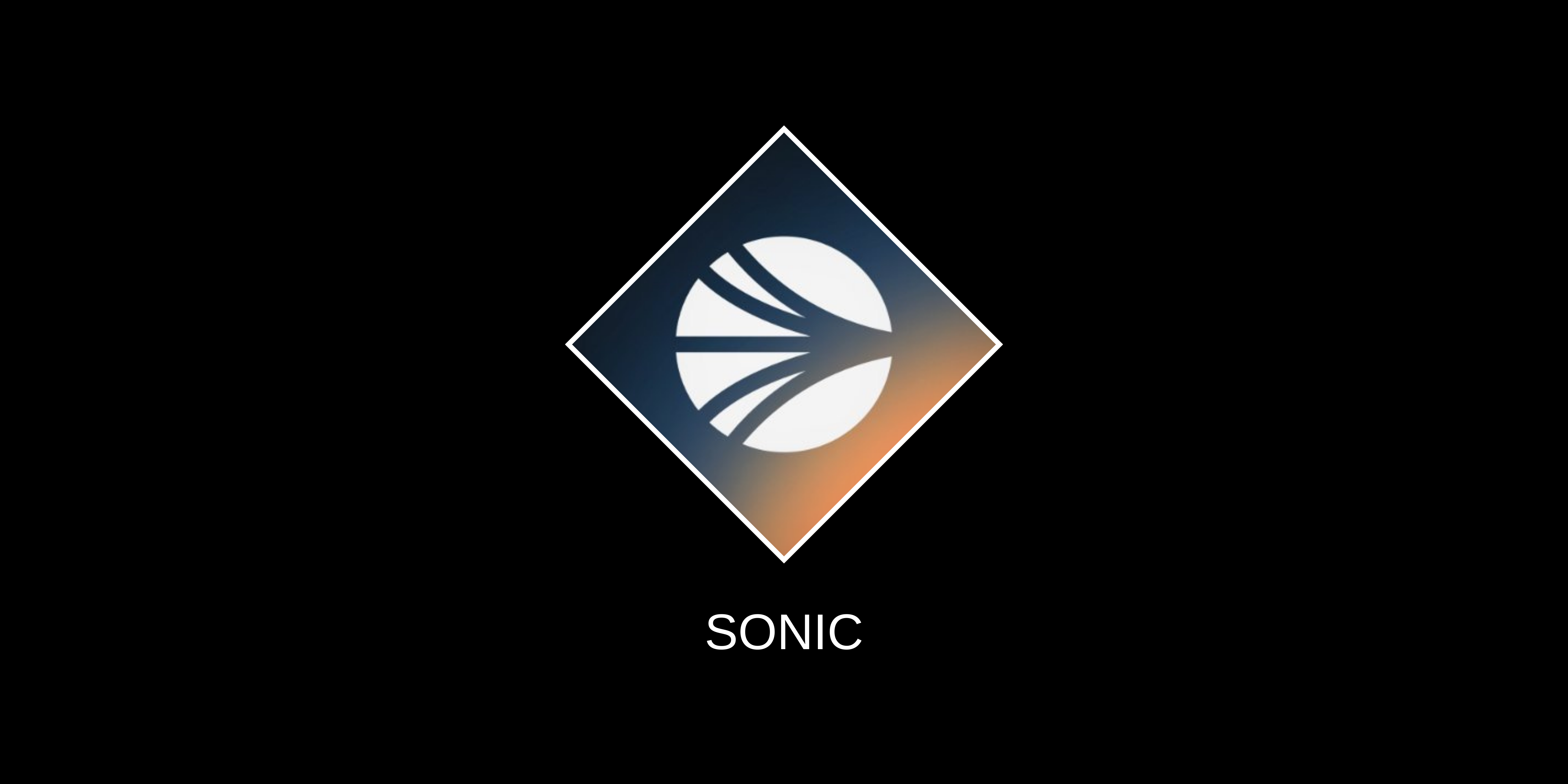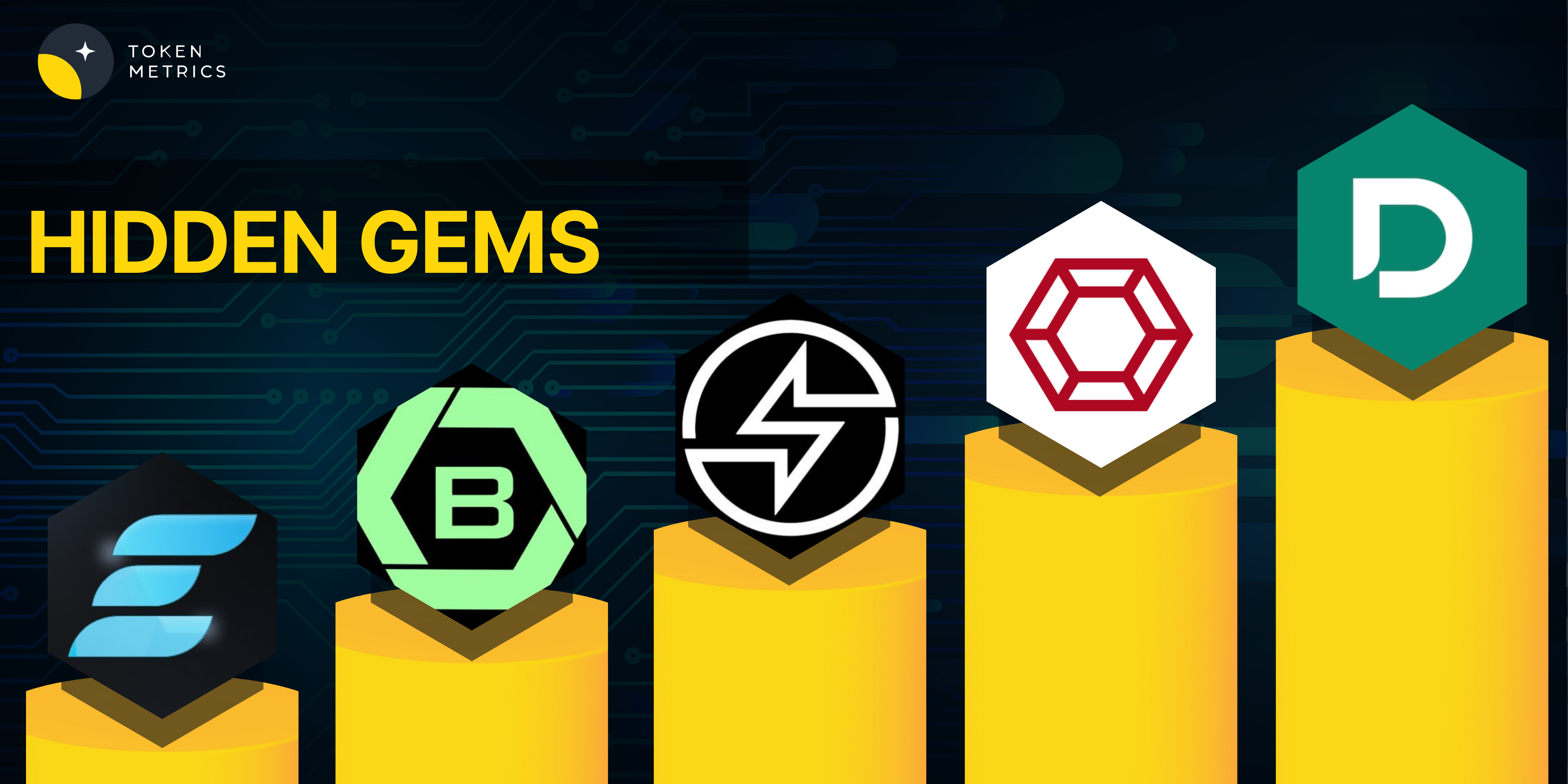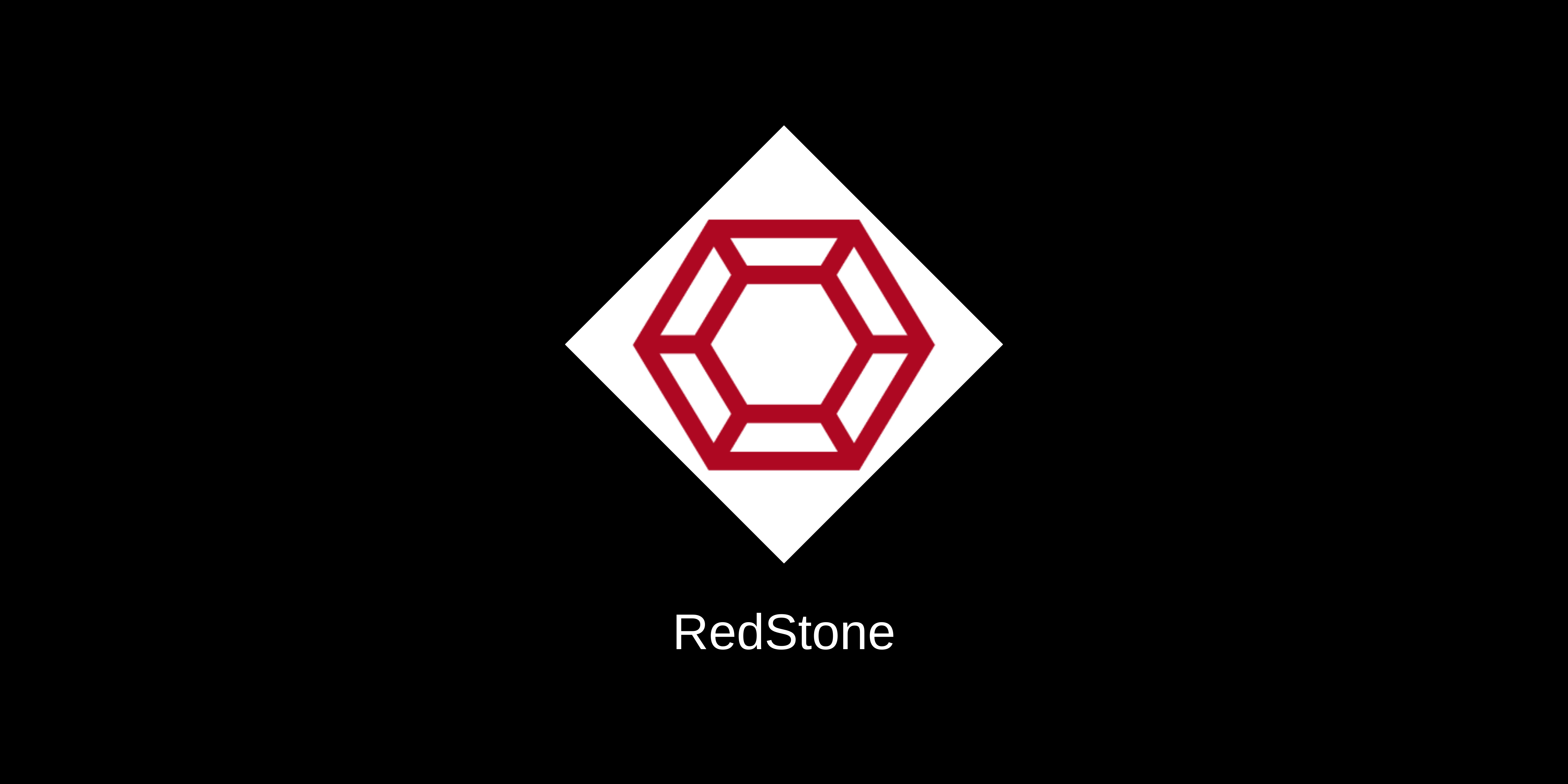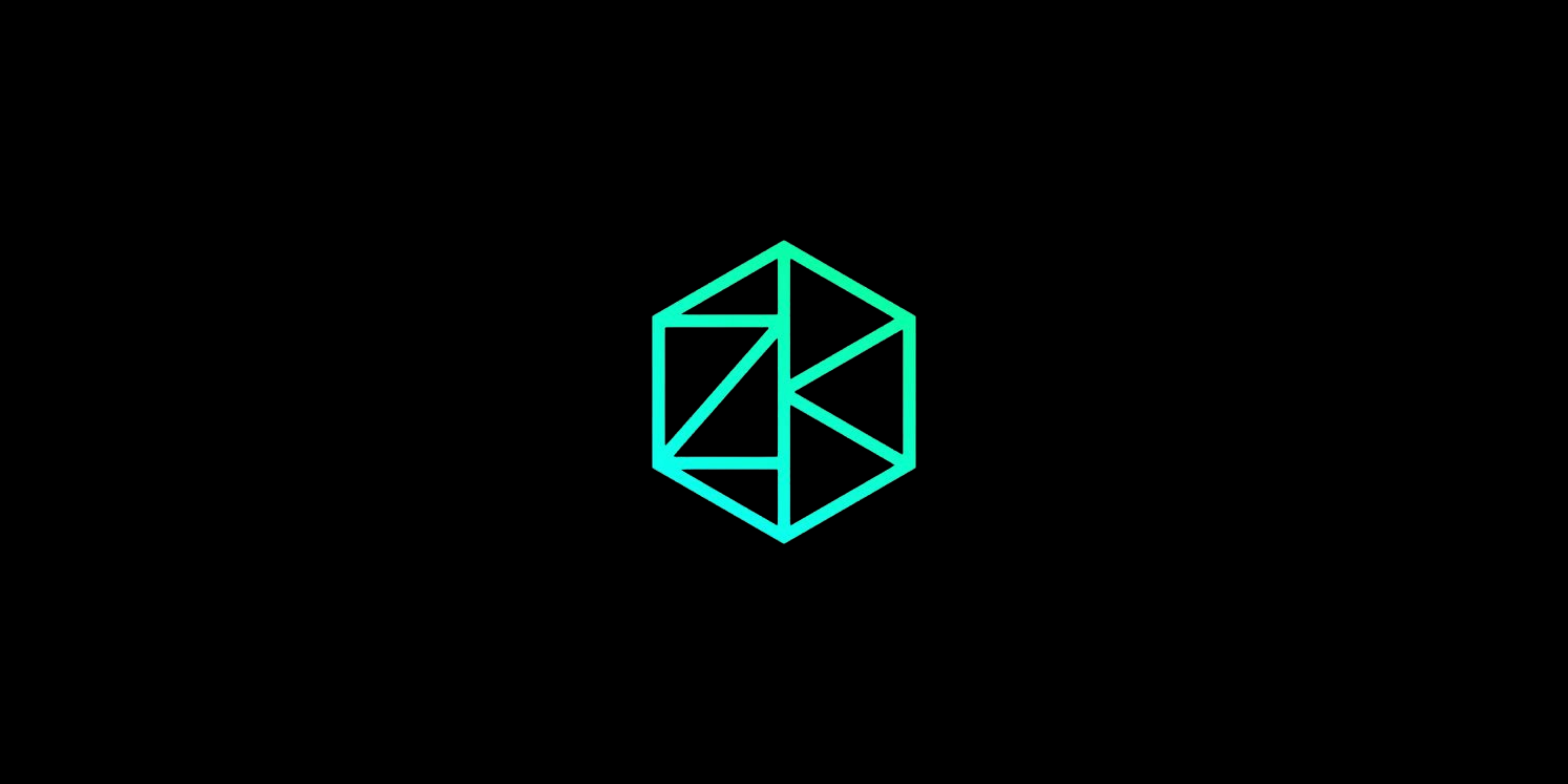Introduction
Socket is an interoperability protocol that enables seamless asset and data transfers across multiple blockchain networks. It offers an infrastructure that allows developers to integrate interoperability into decentralized applications (dApps), enhancing cross-chain functionality. The protocol’s two core components, Socket Liquidity Layer (SocketLL) and Socket Data Layer (SocketDL), serve as the backbone for cross-chain asset movement and secure data transfer. This review aims to objectively analyze Socket’s innovation, architecture, code quality, roadmap, usability, and the team behind the project.
Innovation
Socket addresses a key challenge in the blockchain ecosystem: interoperability between chains. Its unique selling point lies in its ability to unify liquidity across decentralized exchanges (DEXs) and bridges, enabling efficient asset transfer. Socket’s API-driven architecture provides flexibility and ease for developers seeking to integrate cross-chain features into their apps. With the added functionality of tools like Socket PlugIn and Link Bungee, Socket presents a streamlined user experience, reducing the technical barriers for cross-chain dApp development. Moreover, the Socket Data Layer introduces a secure cross-chain data exchange mechanism, which could revolutionize how smart contracts on different chains interact.
Architecture
The Socket architecture is built around two core layers:
- Socket Liquidity Layer (SocketLL): This layer facilitates cross-chain asset transfers by unifying liquidity across DEXs and bridges. SocketLL is powered by both on-chain components (smart contracts) and off-chain components like the backend quote engine and API, which optimizes route selection based on speed, fees, and security. The API dynamically generates routes for asset transfers, allowing users to initiate bridging and swapping in a single transaction.
- Socket Data Layer (SocketDL) enables secure data transfer across different blockchains. Connecting smart contracts across chains allows for both read and write operations, making it a crucial component for cross-chain interoperability beyond just assets.
The modular design, with on-chain and off-chain elements, balances security and performance, making the protocol adaptable to various blockchain networks.
Socket Code Quality
Socket’s codebase demonstrates a high level of sophistication and modularity. The smart contracts involved in SocketLL are structured to efficiently aggregate liquidity from multiple sources, while the off-chain quoting engine and transaction builder work cohesively to provide real-time optimal routes. The integration of APIs and backend services is well-documented, which aids developers in integrating Socket into their projects with minimal friction. Testing phases, particularly for features like Bungee’s multi-transaction bridging, indicate a strong commitment to quality assurance before broader adoption.
Product Roadmap
Socket’s roadmap continues to focus on expanding the Liquidity Layer and Data Layer functionalities. Upcoming enhancements, such as the full rollout of SocketDL for secure cross-chain data transfers and improvements to the Bungee platform, signal an intent to make the platform even more comprehensive. The Refuel feature, which allows users to access native gas tokens on any chain within the bridging flow, underscores Socket’s attention to user experience. Future updates are expected to enhance user interaction and expand supported blockchain networks, bridges, and DEXs.
Usability
Socket’s design prioritizes ease of use for both developers and end-users. For developers, the integration process is simplified through tools like the Socket PlugIn, which can be integrated with minimal effort. The Bungee interface provides a user-friendly experience for managing cross-chain transactions, supporting single and multi-transaction bridging. Additionally, the system’s routing preferences ensure that users can optimize transfers according to their desired criteria—speed, cost, or security. This focus on adaptability increases Socket’s usability across a range of dApps.
Team
The development team behind Socket comprises highly experienced individuals with deep expertise in blockchain infrastructure, decentralized finance (DeFi), and cross-chain technologies. Their efforts in building and refining Socket’s components, such as the quoting engine and API gateway, reflect the team’s capacity to address complex challenges in blockchain interoperability. The ongoing testing and improvement of tools like Bungee demonstrate their commitment to delivering a robust product.
Conclusion
Socket presents itself as a comprehensive solution to the blockchain interoperability problem. Seamlessly integrating asset and data transfer capabilities allows dApps to operate across multiple chains without significant developer overhead. Its modular architecture, high code quality, and developer-friendly tools make Socket a standout protocol for cross-chain functionality. The roadmap promises further innovations, and the team’s track record instills confidence in the protocol’s ongoing development. While still evolving, Socket is well-positioned to become a foundational component of the decentralized ecosystem.
| Initial Screening | |||
| Keep researching | |||
| Does this project need to use blockchain technology? | Yes | ||
| Can this project be realized? | Yes | ||
| Is there a viable use case for this project? | Yes | ||
| Is the project protected from commonly known attacks? | Yes | ||
| Are there no careless errors in the whitepaper? | Yes | ||
| Project Technology Score | |||
| Description | Scorecard | ||
| Innovation (Out Of 11) | 7 | ||
| How have similar projects performed? | Good | 2 | |
| Are there too many innovations? | Regular | 2 | |
| Percentage of crypto users that will use the project? | 1%-5% | 1 | |
| Is the project unique? | Yes | 2 | |
| Architecture (Out of 12) | 8 | ||
| Overall feeling after reading whitepaper? | Good | 2 | |
| Resistance to possible attacks? | Medium | 1 | |
| Complexity of the architecture? | Easy | 2 | |
| Time taken to understand the architecture? | 20-50 min | 1 | |
| Overall feeling about the architecture after deeper research? | Medium | 2 | |
| Has the project been hacked? | No | 0 | |
| Code Quality (out of 15) | 15 | ||
| Is the project open source? | Yes | 2 | |
| Does the project use good code like C,C++, Rust, Erlang, Ruby, etc? | Yes | 2 | |
| Could the project use better programming languages? | No | 0 | |
| Github number of lines? | More than 10K | 1 | |
| Github commits per month? | Less than 10 | 2 | |
| What is the quality of the code? | Good | 2 | |
| How well is the code commented? | Outstanding | 2 | |
| Overall quality of the test coverage? | Outstanding | 2 | |
| Overall quality of the maintainability index? | Outstanding | 2 | |
| When Mainnet (out of 5) | 5 | ||
| When does the mainnet come out? | Mainnet | 5 | |
| Usability for Infrastructure Projects (out of 5) | 5 | ||
| Is it easy to use for the end customer? | Yes | 5 | |
| Team (out of 7) | 7 | ||
| Number of active developers? | 5+ | 2 | |
| Developers average Git Background? | Senior | 2 | |
| Developers coding style? | Outstanding | 3 | |
| Total Score (out of 55) | 47 | ||
| Percentage Score | |||
| Innovation | 12.73% | ||
| Architecture | 14.55% | ||
| Code Quality | 27.27% | ||
| Mainnet | 9.09% | ||
| Usability | 9.09% | ||
| Team | 12.73% | ||
| Total | 85.45% |

